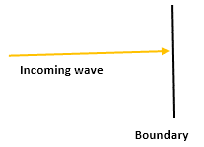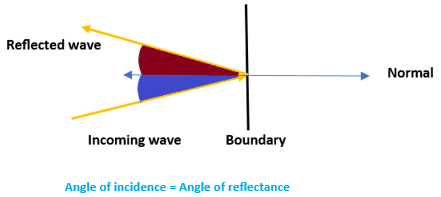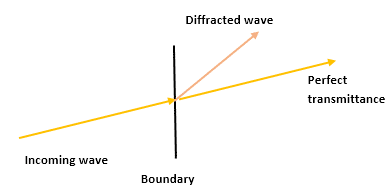Table of Contents
Week 1 | English Grammar
Day 4 |I am doing (present continuous)
Day 5 |Are you doing? (present continuous questions)
Day 6 |I do/work/like (present simple)(present continuous questions)
Week 2 | English Grammar
Day 1 |I don't... (present simple negative)
Day 2 |Do you...? (present simple questions)
Day 3 |I am doing (present continuous) I do (present simple)
Day 4 |I have... and I've got...
Day 6 |Worked/got/went etc (past simple)
Week 3 | English Grammar
Day 1 |I didn't... did you...? (past simple negative and questions)
Day 2 |I was doing (past continuous)
Day 3 |I was doing (past continuous) and I did (past simple)
Day 4 |I have done (present perfect 1)
Day 5 |I've just... I've already... I haven't...yet (present perfect 2)
Day 6 |Have you ever...? (present perfect 3)
Week 4| English Grammar
Day 1 |How long have you...? (present perfect 4)
Day 3 |I have done (present perfect) and I did (past)
Day 4 |Is done, was done (passive 1)
Day 5 |Is being done, has been done (passive 2)
Day 6 |Be/have/do in present and past tenses
Week 5| English Grammar
Day 1 |Regular and irregular verbs
Day 2 |What are you doing tomorrow?
Week 6| English Grammar
Day 2 |Must, mustn't, don't, need to
Day 6 |Do this! Don't do that! Let's do that
Week 7| English Grammar
Day 2 |There is... There are...
Day 3 |There was/were... There has/have been... There will be...
Day 6 |Have you? Are you? Don't you? etc
Week 8| English Grammar
Day 1 |Too/either/so am I/neither do I etc
Day 2 |Isn't/haven't/don't etc (negatives)
Day 3 |Do they? Is it? Have you?
Day 4 |Forming questions (who/what/why/where/when/which)
Day 5 |What...? Which...? How...?
Day 6 |How long does it take...?
Week 9| English Grammar
Day 1 |Do you know where...? I don't know what... etc
Day 2 |He/she said that... He/she told me that...
Day 3 |Work/working Go/going Do/doing
Day 4 |I want you to... I told you to...
Day 5 |I went to the shop to...
Day 6 |Go to... Go on... Go for... Go -ing... Get…
Week 10| English Grammar
Day 4 |I/me He/him They/them etc
Day 6 |Whose is this? It's mine/yours/hers etc
Week 11| English Grammar
Day 1 |Myself/yourself/themselves etc
Week 12| English Grammar
Day 2 |All/most/some/any/no/none etc
Week 13| English Grammar
Day 2 |If we go... if you see... etc
Day 3 |If I had... If we went... etc
Day 4 |A person who... A thing that/which (relative clauses 1)
Wave – boundary interactions
Wave Reflection, Transmittance and Absorption
When a wave arrives at a boundary three thing can happen:
- Absorption – the wave is absorbed at the Boundary.

- Reflectance – the wave is reflected by the angle of incidence.

- Transmittance – when a wave is transmitted it passes through unchanged but sometimes waves get diffracted at a boundary.

Ray Diagrams – Terminology
Incident ray – light / incoming ray that interacts with the boundary.
Angle of incidence – Angle between incident, ?? , ray and normal to the surface of the interacting boundary. The normal is 90˚ to the surface.
Reflected Ray – reflected rays have the same angle of reflection
as the angle of incidence.
Diffracted rays – these rays are diffracted at the boundaries between mediums. This happens due to their different properties. Rays will bend towards the normal in denser mediums and away in less dense.
Types of Reflection
There are two types of reflection:
Diffuse:
Diffuse reflection is the term used to describe light when it is reflected from a rough surface. As a result, the rays are randomly deflected, and an unclear image may appear or none.
Specular:
Specular reflection provides us with a clear image. This happens as the reflective surface is flat and smooth. Due to the surface light is orderly reflected providing us with virtual images.

